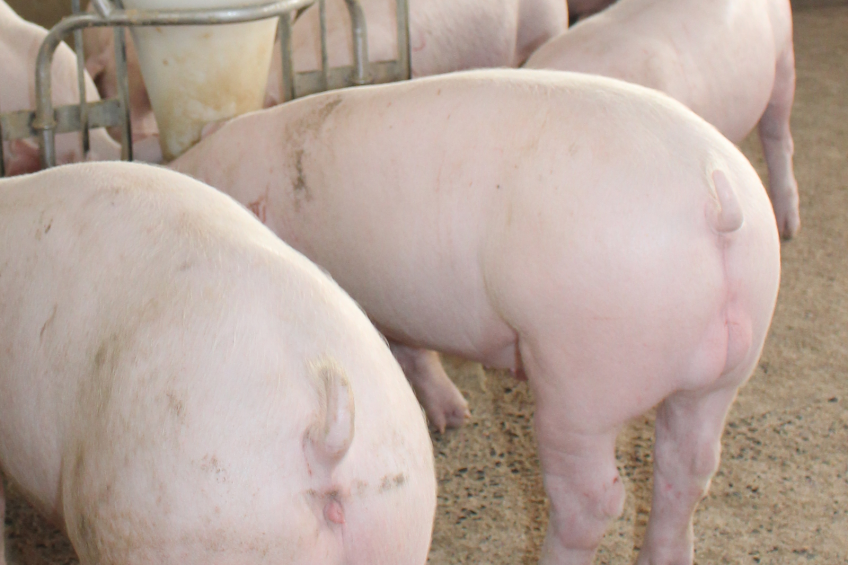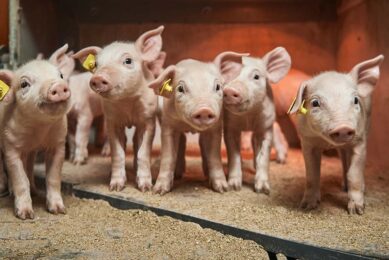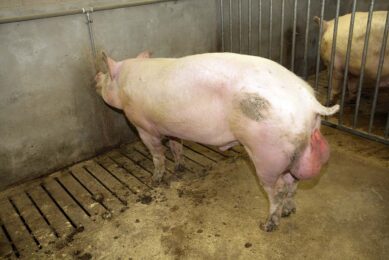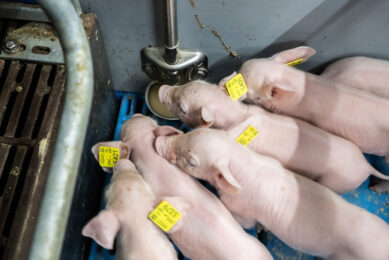Study: How to lower occurrence of boar taint

Researchers from the Netherlands are about to publish an extensive research towards the reduction of boar taint when raising and using and entire males in the food chain.
The paper, to be published in the Wageningen Journal of Life Sciences (NJAS) is a summary of a comprehensive study by scientists from various disciplines, attached to the Agricultural Economic Institute (Wageningen UR), Wageningen UR Livestock Research, Vion Fresh Meat and Topigs Research Center IPG.
Four themes were aimed at in the research programme:
- Sensory evaluation of meat from entire male pigs;
- Preventive measures to reduce boar taint prevalence;
- Accuracy of detection for boar taint; and
- The relationship between farm management characteristics and levels of mounting and aggressive behaviour of boars.
Using observational and experimental studies data were collected in various segments of the pork supply chain.
Consumer acceptance of meat from entires
The researchers write: “Consumer acceptance of meat from entire male pigs was evaluated. The effectiveness of preventive measures to reduce boar taint prevalence was determined. The relationship of farm (management) characteristics with boar taint prevalence, animal behaviour, skin lesions and lameness respectively was analysed.
“The similarity of the rank order between consumer perception of odour and human nose scores, skatole and androstenone levels respectively was determined. Consumers evaluate meat that passed the boar taint detection test comparable to meat from gilts. Meat samples that did not pass this test were evaluated less favourable.”
Breeding & farm management
The researchers conclude that ranking AI boars on their genomic breeding values for low boar taint resulted in a reduction in boar taint prevalence of 40%.
The skatole level is lower in boars fed via a long trough than in boars fed by a single space feeder. Few eating places, restricted feeding, a low level of amino acids in the diet, insufficient water supply of the drinking system, illness of the pigs, a suboptimal climate and fear for humans were associated with a higher level of sexual and aggressive behaviour and more skin lesions.
A partly open pen wall, clean pens and pigs, wider gaps of the slats, feeding by a long trough, and feeding wet by-products were associated with less sexual and aggressive behaviour and less skin lesions. Having more than 30 animals per pen was associated with a higher probability of high boar taint prevalence levels.
Hygienic conditions & low boar taint levels
Hygienic conditions were associated with lower boar taint prevalence levels. Assessing similarity of the rank order comparison between consumer perception and three selected boar taint detection parameters for the consumer perception attribute odour of meat resulted in the highest Kendall’s W values for the human nose scores.
In conclusion, boar tainted meat was rated as less pleasant by consumers compared to meat of gilts and non-tainted boar meat, indicating the need of detection as a safety net at the slaughter line.
Breeding as effective measure
Breeding was an effective preventive measure to reduce boar taint. Farms with appropriate management, feeding and housing conditions have reduced levels of mounting and aggressive behaviour. Human nose scores were a better predictor of the rank order of consumer perception, compared to skatole levels and to androstenone levels.
The study was done by G.B.C. Backus, E. van den Broek, B. van der Fels, L. Heres, V.M. Immink, E.F. Knol, M. Kornelis, P.K. Mathur, C. van der Peet-Schwering, J.W. van Riel, H.M. Snoek, A. de Smet, G.M.L. Tacken, N.I. Valeeva and C.P.A. van Wagenberg
 Beheer
Beheer








 WP Admin
WP Admin  Bewerk bericht
Bewerk bericht